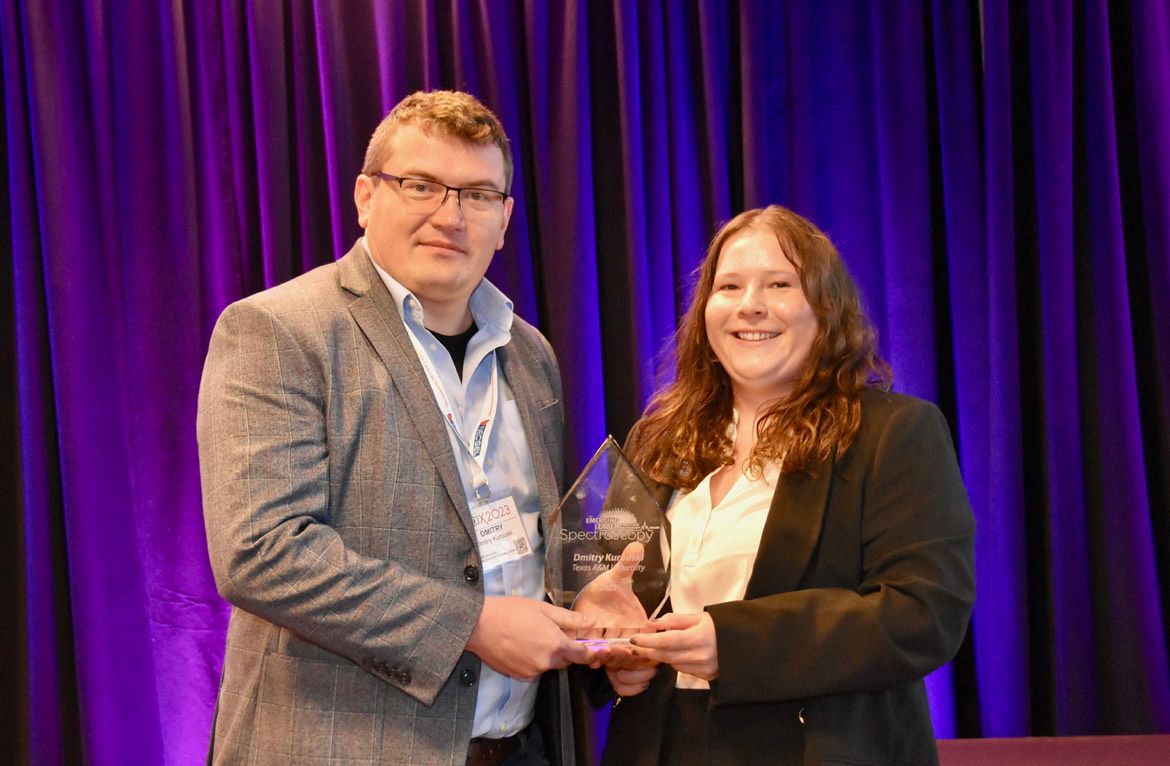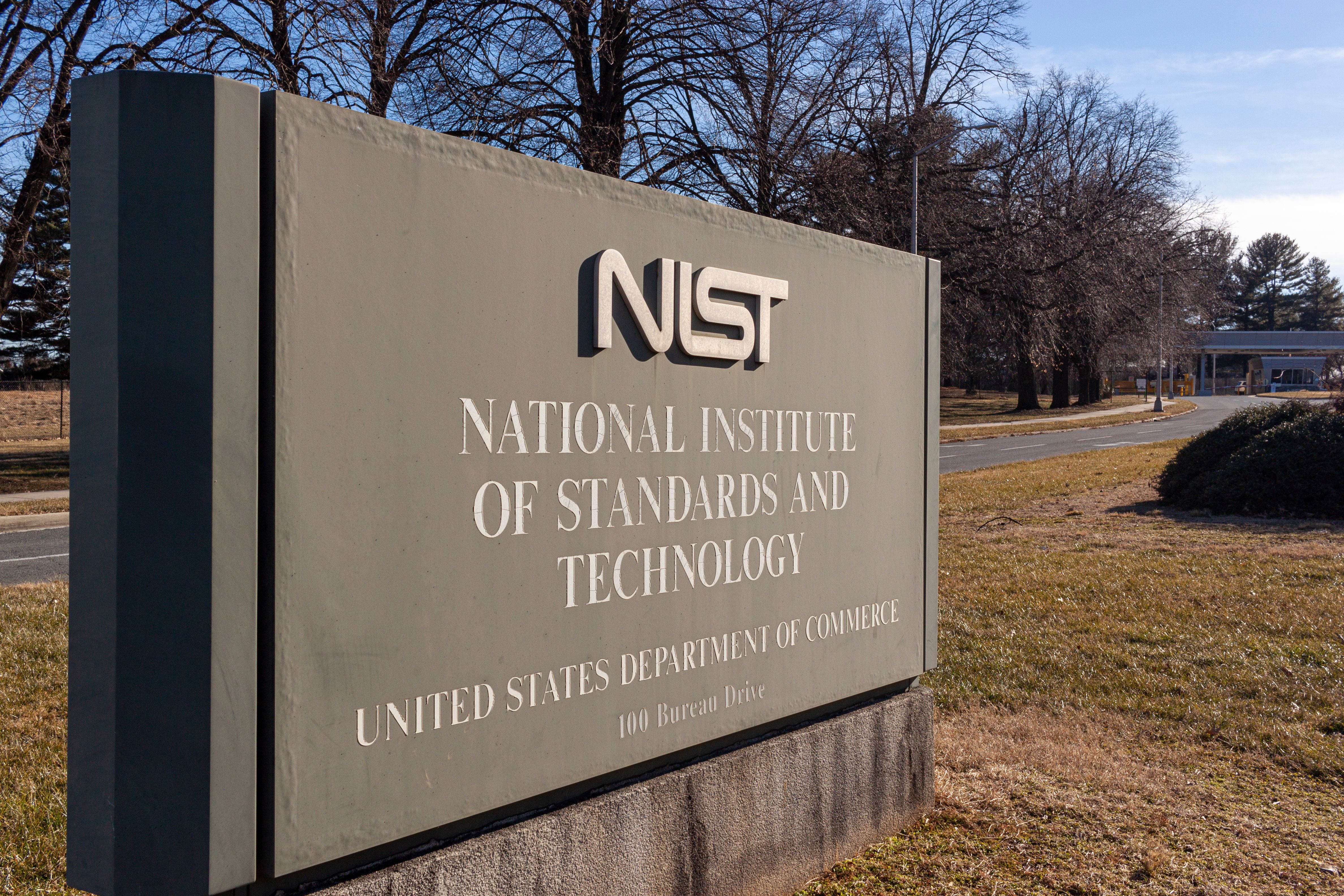Spectroscopy Year in Review: The Most Popular Articles of 2023
The end of the year is as good a time as ever to reflect.
Here at Spectroscopy, this often means sifting through our most read content. This year, our most popular articles include a mix of stories about notable analytical scientists, artificial intelligence, regulations, and more.
Below, you’ll find an assortment of our most popular news articles, columns, Q&As, and features, in no particular order.
What was your favorite article that ran in Spectroscopy this year? Send me an email at chroncich@mjhlifesciences.com and let me know.
Happy reading!
Infrared Spectroscopy of Polymers X: Polyacrylates
By Brian C. Smith
© Sebastian Duda - stock.adobe.com

Acrylate polymers are derivatives of acrylic acid but contain a plethora of different functional groups and are best discussed by themselves. In this column, we study the spectrum of an important polymer, polymethyl methacrylate (PMMA), which is otherwise known as plexiglass, and is found in windows, car parts, and paint. We then study the spectra of PMMA mixtures and copolymers in detail.
Craig Prater to Receive Coblentz Society’s 2023 Williams-Wright Award
By Aaron Acevedo
© andy_di - stock.adobe.com

Craig Prater was named the 2023 recipient of the Williams-Wright Award, which is given out annually by the Coblentz Society. He was recognized at Pittcon 2023, which took place in Philadelphia, Pennsylvania. Read more to learn about his career.
Read More
Infrared Spectroscopy Reveals Sorption Mechanism of Organic Compounds on Mineral Composite Material
By Spectroscopy Staff
© Weerayuth - stock.adobe.com

Scientists have investigated the sorption mechanism of organic compounds on a mineral composite sorbent using infrared spectroscopy providing insights for the development of effective wastewater purification methods.
Read More
Artificial Intelligence in Analytical Spectroscopy, Part I: Basic Concepts and Discussion
By Jerome Workman Jr.
© NicoElNino - stock.adobe.com

Artificial intelligence (AI), and its subfield machine learning (ML), are major buzzwords in today’s technology world. In a two-part series, let’s begin to look under the hood and behind the scenes to see what AI is and its applicability to analytical chemistry and spectroscopy for future discussion and elaboration. What are the benefits and limitations, as well as the praises and detractions, of AI? How does AI relate to chemometrics?
Read More
Monitoring Soil Quality Using MIR and NIR Spectral Models: An Interview with Felipe Bachion de Santana
By William Wetzel
© Mayatnikstudio - stock.adobe.com

Felipe Bachion de Santana of Teagasc in Wexford, Ireland, is exploring new ways to monitor soil quality through using spectroscopic techniques. Read more about his work in this Q&A.
Read More
The 2023 Emerging Leader in Molecular Spectroscopy Award
By Jerome Workman Jr.
Photo Credit: Glen Jackson

This year’s Emerging Leader in Molecular Spectroscopy Award recipient is Dmitry Kurouski, an assistant professor of chemistry at the Texas A&M University in College Station, Texas. From his early research days as a graduate student at State University of New York in Albany, Kurouski’s research has emphasized the development and application of innovative Raman spectroscopy methods for noninvasive, nondestructive analyses of biological materials.
Read More
CSA: Much Ado About Nothing?
By R.D. McDowall
© JHVEPhoto - stock.adobe.com

Computerized system validation (CSV) in good practice (GxP)-regulated laboratories is alleged to take ages and generate piles of paper to keep inspectors and auditors quiet. To the rescue is the draft FDA guidance on computer software assurance (CSA). But...is this really the case?
Read More
High-Sensitivity Mid-IR Absorption Spectroscopy for Proteins in Aqueous Solution
By John Chasse
© Grandbrothers - stock.adobe.com

Although infrared (IR) absorption spectroscopy can quantify complex biomolecules and their structural conformations, analyzing proteins in aqueous solutions with the technique can be a challenge since strong IR absorption of water will overwhelm the detection system’s limited dynamic range. As a result, the yield is only a very short path and a limited concentration sensitivity. Young Jong Lee and his colleagues at the Biosystems and Biomaterials Division of the National Institute of Standards and Technology in Gaithersburg, Maryland, have developed a solvent absorption compensation (SAC) approach which, by distinguishing the analyte signal over the full dynamic range at each wavelength, can improve the sensitivity of the concentration and extend the available path length. Lee spoke to Spectroscopy about this approach.
Read More
40 Years Old and Still Solving Problems: Evolution of the ICP-MS Application Landscape
By Robert Thomas
© tilialucida - stock.adobe.com

The year 2023 marks the 40th anniversary of the commercialization of inductively coupled plasma mass spectrometry (ICP-MS). Today, there are close to 2000 ICP-MS systems installed worldwide every year, representing around $400M in annual sales. These instruments are used for a wide variety of applications, from routine, high throughput multielement analysis to more complex tasks, such as trace element speciation studies with high-performance liquid chromatography and monitoring of nanoparticles. My column this month will look at the evolving ICP-MS marketplace, highlighting current application trends (compared to other analytical spectroscopy techniques), and where the technique might be heading 5–10 years from now.
Read More
Guess Who’s Coming to Inspect R&D?
By R.D. McDowall
© Grandbrothers - stock.adobe.com

A new revision to the U.S. Food and Drug Administration (FDA)’s Compliance Program Guide for Pre-Approval Inspections (PAIs) has added a fourth objective: Commitment to Quality in Pharmaceutical Development.
Read More
LIBS Illuminates the Hidden Health Risks of Indoor Welding and Soldering
April 23rd 2025A new dual-spectroscopy approach reveals real-time pollution threats in indoor workspaces. Chinese researchers have pioneered the use of laser-induced breakdown spectroscopy (LIBS) and aerosol mass spectrometry to uncover and monitor harmful heavy metal and dust emissions from soldering and welding in real-time. These complementary tools offer a fast, accurate means to evaluate air quality threats in industrial and indoor environments—where people spend most of their time.
AI-Powered SERS Spectroscopy Breakthrough Boosts Safety of Medicinal Food Products
April 16th 2025A new deep learning-enhanced spectroscopic platform—SERSome—developed by researchers in China and Finland, identifies medicinal and edible homologs (MEHs) with 98% accuracy. This innovation could revolutionize safety and quality control in the growing MEH market.
Nanometer-Scale Studies Using Tip Enhanced Raman Spectroscopy
February 8th 2013Volker Deckert, the winner of the 2013 Charles Mann Award, is advancing the use of tip enhanced Raman spectroscopy (TERS) to push the lateral resolution of vibrational spectroscopy well below the Abbe limit, to achieve single-molecule sensitivity. Because the tip can be moved with sub-nanometer precision, structural information with unmatched spatial resolution can be achieved without the need of specific labels.
New Raman Spectroscopy Method Enhances Real-Time Monitoring Across Fermentation Processes
April 15th 2025Researchers at Delft University of Technology have developed a novel method using single compound spectra to enhance the transferability and accuracy of Raman spectroscopy models for real-time fermentation monitoring.
AI-Driven Raman Spectroscopy Paves the Way for Precision Cancer Immunotherapy
April 15th 2025Researchers are using AI-enabled Raman spectroscopy to enhance the development, administration, and response prediction of cancer immunotherapies. This innovative, label-free method provides detailed insights into tumor-immune microenvironments, aiming to optimize personalized immunotherapy and other treatment strategies and improve patient outcomes.